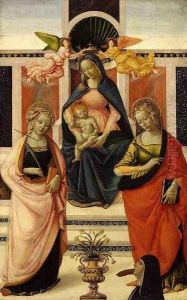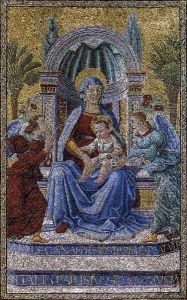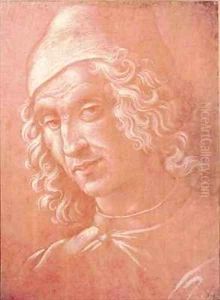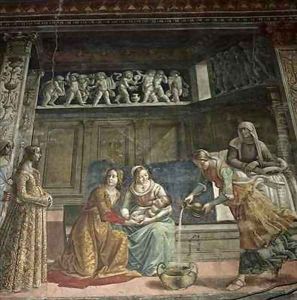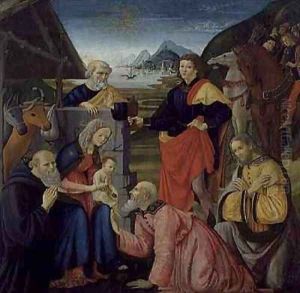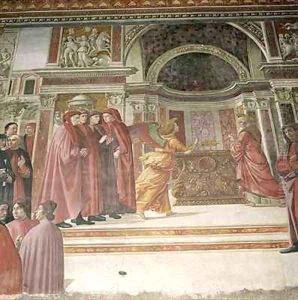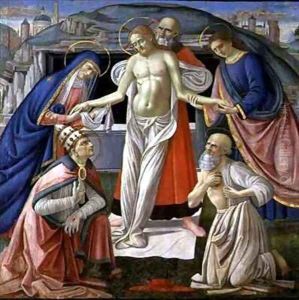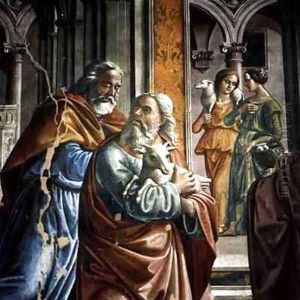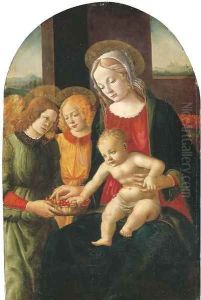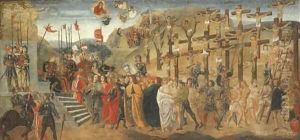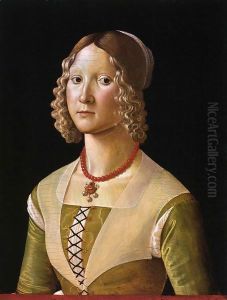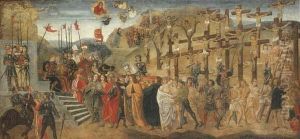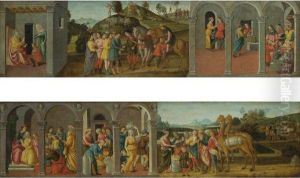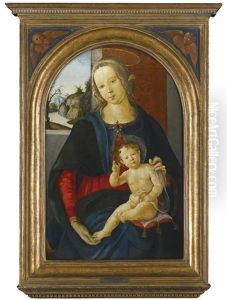Davide Ghirlandaio Paintings
Davide Ghirlandaio, originally named Domenico di Tommaso Curradi di Doffo Bigordi, was a prominent Italian Renaissance painter born in Florence, Italy, in 1449. He hailed from a family deeply involved in the arts; his brothers Benedetto and Ridolfo Ghirlandaio were also painters, contributing to the artistic legacy of the Ghirlandaio family. Davide was especially recognized for his detailed frescoes and altarpieces which blend religious themes with lifelike portraits and vibrant landscapes, showcasing the flourishing of Renaissance humanism in art.
Ghirlandaio's training began under his father, Tommaso Bigordi, and he was later apprenticed to Alesso Baldovinetti. He rapidly gained prominence and was sought after for his ability to merge traditional religious subjects with contemporary settings and figures, making the biblical narratives accessible and relevant to his audience. His most acclaimed works include the fresco cycles in the Sassetti Chapel of Santa Trinita and the Tornabuoni Chapel of Santa Maria Novella in Florence, where his mastery in perspective, composition, and human anatomy is evident.
Ghirlandaio's influence extended beyond his immediate circle through his workshop, which became one of the leading training grounds for young artists in Florence. Among his apprentices was Michelangelo Buonarroti, who would go on to become one of the most celebrated artists of the Renaissance. Ghirlandaio's teaching and works played a crucial role in the development of Renaissance art, emphasizing observation from life, the study of the human form, and the integration of classical motifs with contemporary settings.
Despite his relatively short life, passing away in 1494 at the age of 45, Ghirlandaio left a significant impact on the art world. His works continue to be admired for their beauty, technical skill, and the seamless integration of humanist ideals with religious narratives. Ghirlandaio's legacy is preserved not only in his paintings but also in the traditions and techniques he passed down to his students, ensuring his influence on the course of Western art for generations to come.
